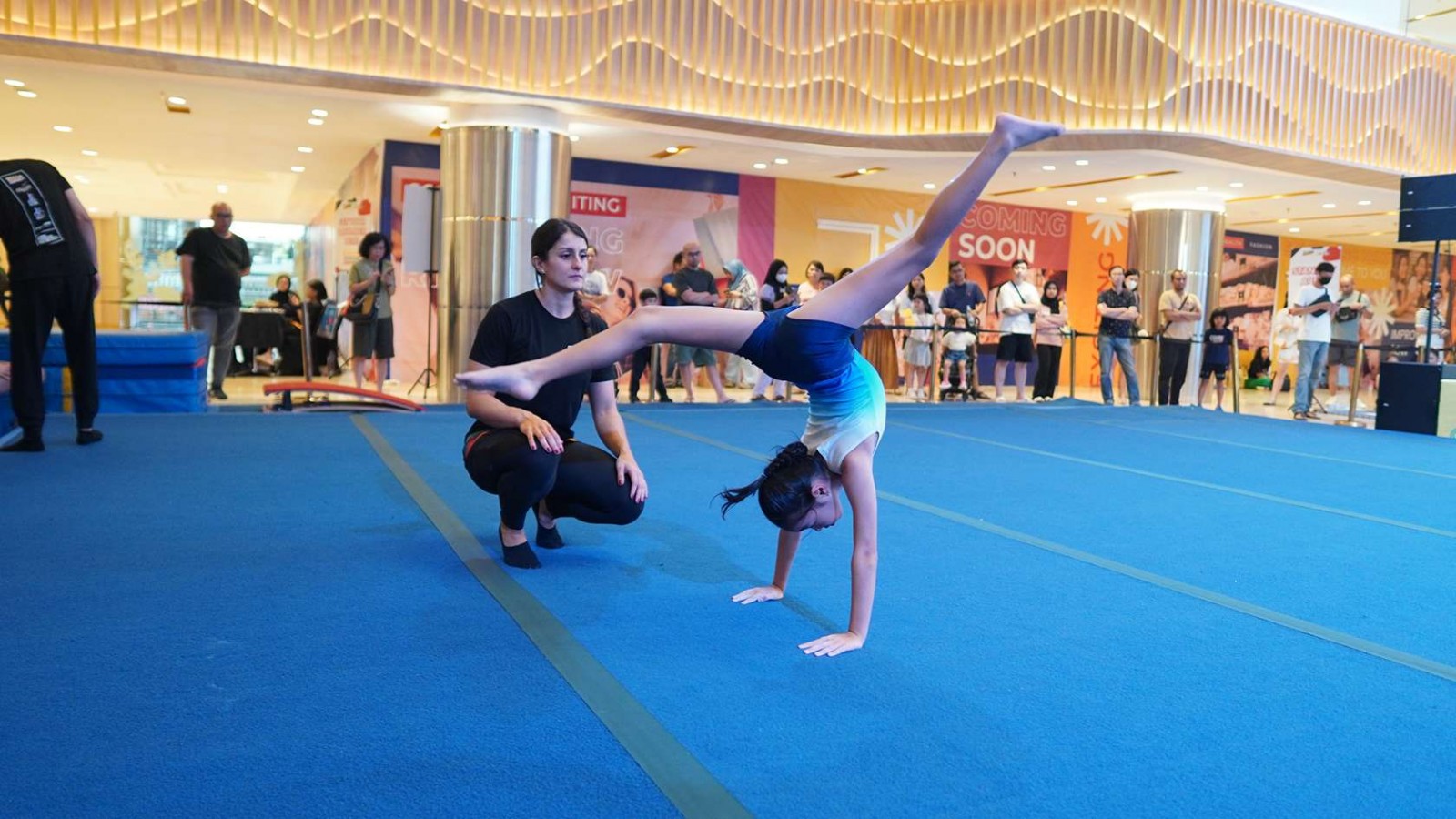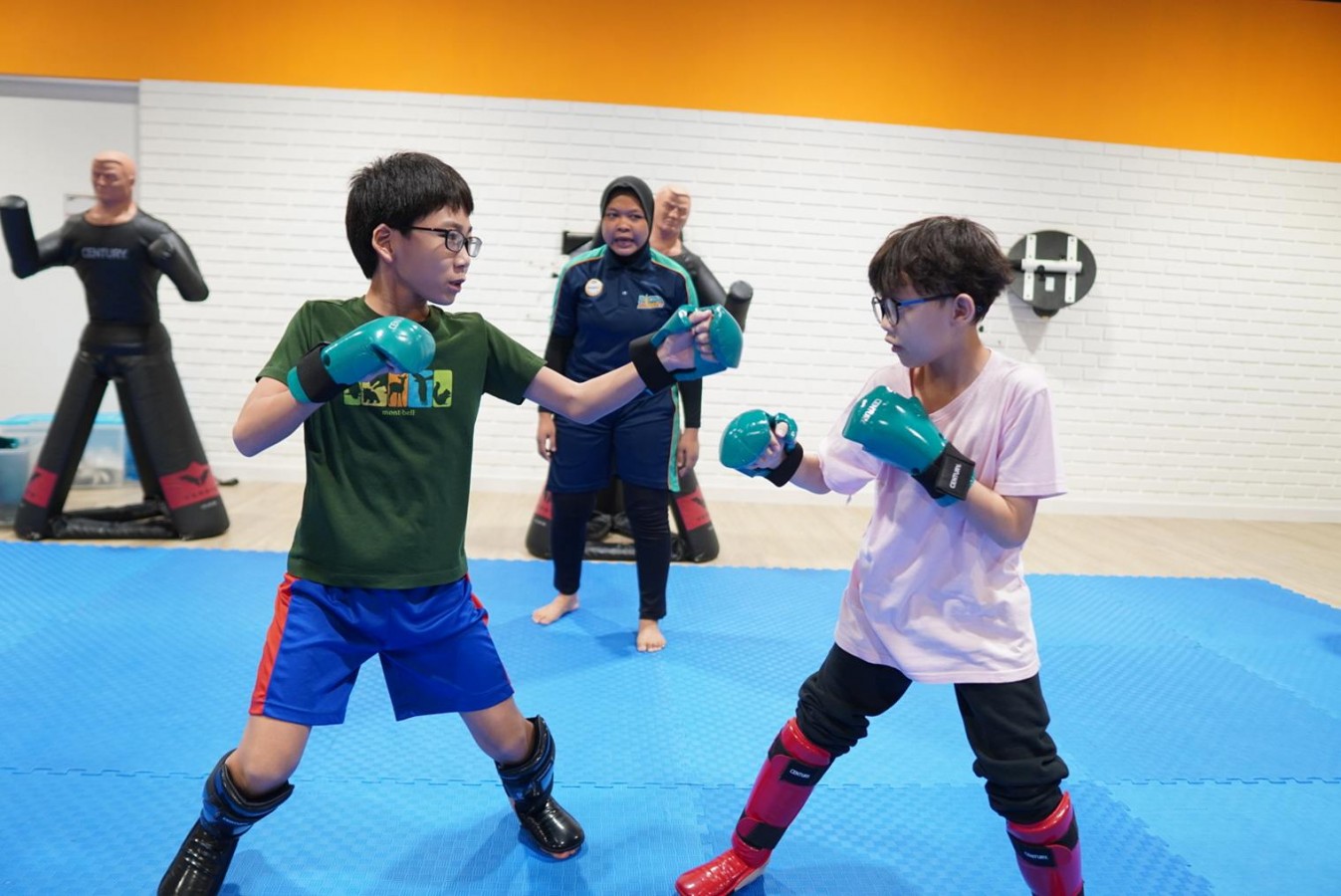Introduction to Dance: History, Meanings, and Types
.jpg)
Dance is a timeless form of expression that transcends cultural boundaries, weaving a rich tapestry of history, meanings, and diverse styles. In this comprehensive exploration, we delve into the origins and evolution of dance, unravel the meanings embedded within its movements, and navigate through various types that have shaped cultures across the globe.
History of Dance: A Timeless Journey
Dance has been an integral part of human culture for centuries, with roots stretching back to ancient civilizations. The origins of dance are as diverse as the cultures that embraced it.
In ancient Egypt, dance was intertwined with religious rituals, while in ancient Greece, it found expression in the artistic beauty of the balletic movements. The vibrant traditions of Indian classical dance trace back thousands of years, echoing the spiritual and cultural facets of the region.
The Renaissance era witnessed the emergence of court dances in Europe, each royal court boasting its own distinctive style. Fast forward to the 20th century, and dance evolved into a dynamic and ever-changing art form, with contributions from pioneers like Isadora Duncan, Martha Graham, and José Limón shaping modern dance as we know it.
Meanings Behind a Dance Movement
Dance is a language that communicates without words, conveying emotions, stories, and cultural narratives through movement. It serves as a powerful form of self-expression, allowing individuals to articulate feelings that may be challenging to convey verbally.
The sway of a hip, the extension of an arm, or the precision of a footstep can encapsulate joy, sorrow, love, or protest.
In many cultures, dance is deeply ingrained in rituals and ceremonies. Whether celebrating milestones, marking rites of passage, or invoking spiritual energies, dance carries profound symbolic significance.
Types of Dance
There are numerous types of dance, each with its own unique style, cultural significance, and history. Here are some popular types of dance during the history of dances:
1. Social Dance
Social dance refers to a category of dances that are primarily intended for social interaction, recreation, and enjoyment. Unlike formal or performance-oriented dances, social dances are typically practiced in more casual and informal settings, such as social gatherings, parties, clubs, or community events.
These dances often involve couples or groups of people dancing together and can encompass a wide variety of styles, from traditional folk dances to contemporary partner dances.
Social dances are characterized by their inclusivity and accessibility, welcoming participants of various skill levels. Unlike choreographed performances, social dances are often improvised or involve a set of basic steps that can be easily learned and adapted. The emphasis is on enjoyment, connection, and the shared experience of movement rather than achieving precision or perfection in execution.
Common examples of social dances include ballroom dances like the waltz, tango, and foxtrot, as well as Latin dances such as salsa, cha-cha, and merengue.
2. Performance Dance
Performance dance refers to a style of dance that is specifically created and executed for an audience. Unlike social dance, which is often more spontaneous and interactive, performance dance is rehearsed, choreographed, and staged to be presented in front of spectators.
The primary focus of performance dance is to convey artistic expression, storytelling, or a particular theme to an audience.
In performance dance, dancers often work closely with choreographers to develop and perfect a routine or piece. The choreography may be highly structured, with specific movements and sequences designed to convey a particular artistic vision.
The goal is to deliver a captivating and aesthetically pleasing performance that engages and resonates with the audience.
Various forms of dance fall under the category of performance dance, ranging from classical ballet and contemporary dance to modern dance, jazz, and cultural or folkloric dance performances.
3. Protest Dance
Protest dance is a form of expressive movement that serves as a vehicle for social and political activism. Rooted in the idea that dance can be a powerful tool for dissent and advocacy, protest dance is often utilized to convey messages, raise awareness, and protest against various social injustices or political issues.
This form of dance can be both a response to specific events or a continuous expression of resistance against systemic problems.
Protest dance can take various forms, ranging from choreographed routines to spontaneous, improvised movements. It is not confined to a particular dance style and can incorporate elements of traditional, cultural, or contemporary dance forms.
The movements are often imbued with symbolism and meaning, reflecting the themes and messages central to the cause being championed.
Throughout history, protest dance has played a role in movements advocating for civil rights, gender equality, environmental justice, and more. Whether performed individually or by a group, protest dance has the potential to convey emotions, amplify voices, and create a sense of unity among those who share common concerns.
4. Religious Dance
Religious dance, also known as sacred or spiritual dance, is a form of movement and expression that holds significance within the context of religious or spiritual practices.
Rooted in ritualistic traditions, religious dance is often employed as a means of worship, storytelling, and communion with the divine. This form of dance serves a dual purpose, both as a mode of physical expression and as a way to convey religious narratives, values, and symbolism.
Religious dances can be highly diverse, reflecting the cultural and religious traditions from which they originate. They may be characterized by specific gestures, postures, and movements that hold symbolic meaning within the religious context.
In various cultures and religions worldwide, religious dance is an integral part of ceremonies, festivals, and rites of passage. For example, in Hinduism, the classical dance form of Bharatanatyam is often used to depict stories from Hindu mythology as a form of devotion.
Love to Dance?
The world of dance is a captivating realm that offers numerous purposes. It is also highly beneficious especially when embraced from a young age. Initiating children into the art of dance not only fosters physical fitness but also nurtures creativity, discipline, and self-expression.
For those considering enrolling their children in a dance academy, Rockstar Academy stands out as a premier choice in Indonesia. Renowned for providing exceptional ballet and dance classes, Rockstar Academy goes beyond instruction, offering dance recitals that enhance skills, boost confidence, promote teamwork, help achieve goals, and create lasting memories.
Embarking on a journey into the world of dance with Rockstar Academy ensures not only a foundation in technique but also a holistic and enriching experience for young dancers.
FAQ
1. How do I choose the right dance style for myself or my child?
Choosing a dance style depends on personal preferences, interests, and cultural inclinations. Consider exploring different styles through introductory classes or researching the historical and cultural backgrounds of various dance forms.
2. Is dance suitable for people of all ages?
Absolutely! Dance is a versatile art form that caters to all age groups. From children to seniors, there are dance styles and classes tailored to different abilities and interests.
3. Can dance be a form of exercise?
Yes, dance is not only an art form but also an excellent form of physical exercise. Many dance styles, such as hip-hop and aerobic dance, provide cardiovascular benefits, improve flexibility, and enhance muscle tone.



